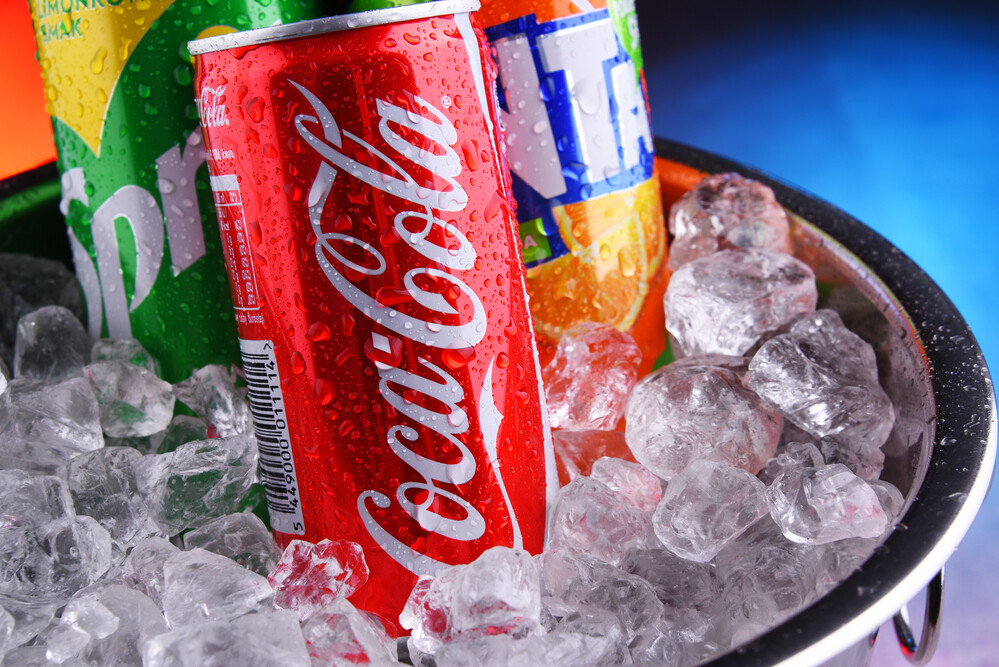Coca-Cola scandal? Hit drink strikingly different in Hungary than elsewhere

Coca-Cola has confirmed that the Fanta Orange sold in Hungary has a different composition than in several other countries.
Coca-Cola’s Fanta: different, but not worse?

A reader of Pénzcentrum recently compared the Hungarian version of the drink to the one available in Italy and found that the Italian version contains significantly more orange juice. The National Food Chain Safety Office (Nemzeti Élelmiszerlánc-biztonsági Hivatal, Nébih) has previously investigated the manufacturer’s products for similar reasons and found no legal violations. The agency explained that having the same branded product with different compositions in different countries does not necessarily breach dual quality regulations.
Lajos Braunmüller, editor-in-chief of Agrárszektor, commented that it is sometimes possible to find better-quality food products in other countries. This variation is often due to manufacturers using locally available, interchangeable materials.
A frequent accusation is that large food multinationals sell lower quality, differently composed products in Eastern Europe, including Hungary, compared to Western markets. This suspicion was confirmed by a reader who noticed something unusual about the Fanta Orange sold in Italy during a holiday.
Italian Fanta more “orangey”
The reader of Pénzcentrum posed the question, “Which one is Hungarian and which one is Italian?” alongside a photo showing both products, which you can check out HERE. The branding was identical, but the colour of the drinks was noticeably different.
Coca-Cola’s Fanta sold in Hungary appeared more artificial, and upon checking the ingredients, the reader found that the Italian version contained more real orange juice. When poured into glasses, the difference was evident, and taste tests revealed significant disparities. The Hungarian Fanta tasted more artificial and sweeter, while the Italian version tasted more like real oranges and was slightly tart.
The company confirmed the observations
Coca-Cola Hungary confirmed these observations, stating on its website that the fruit juice content of Fanta Orange can vary by country. The juice content usually aligns with similar local products and complies with local regulations. They also noted ongoing efforts to reduce sugar content in their drinks, which means the ratio of sweeteners and sugar can differ between countries. The local product characteristics are always listed on the packaging to provide complete ingredient and nutritional information.
Differences in the composition of the drinks
In Hungary, the Fanta Orange composition is:
- Water
- Fructose-glucose syrup
- Orange juice from concentrate (5%)
- Carbon dioxide
- Citric acid
- Natural orange flavour with other natural flavors
- Ascorbic acid (antioxidant)
- Carotenes (colouring)
- Guar gum (stabiliser)
In contrast, the Italian Fanta Orange contains:
- Water
- Orange juice from concentrate (12%)
- Sugar
- Carbon dioxide
- Citric acid
- Natural citrus flavours
- Acacia gum (stabiliser)
- Ascorbic acid (antioxidant)
As can be seen, Coca-Cola’s Fanta sold in Italy has more than double the orange content compared to the Hungarian version.
According to the National Food Chain Safety Office, “the composition set by the manufacturer is influenced by the preferences of consumers in each country, referred to as “national taste preferences”.”
Read also:
- On the hunt for the best café in Budapest: 3 unique coffee shops – PHOTOS
- 5 amazing rooftop bars in Budapest for keeping up with the summer heat – PHOTOS
Featured image: illustration, depositphotos.com
Source:





